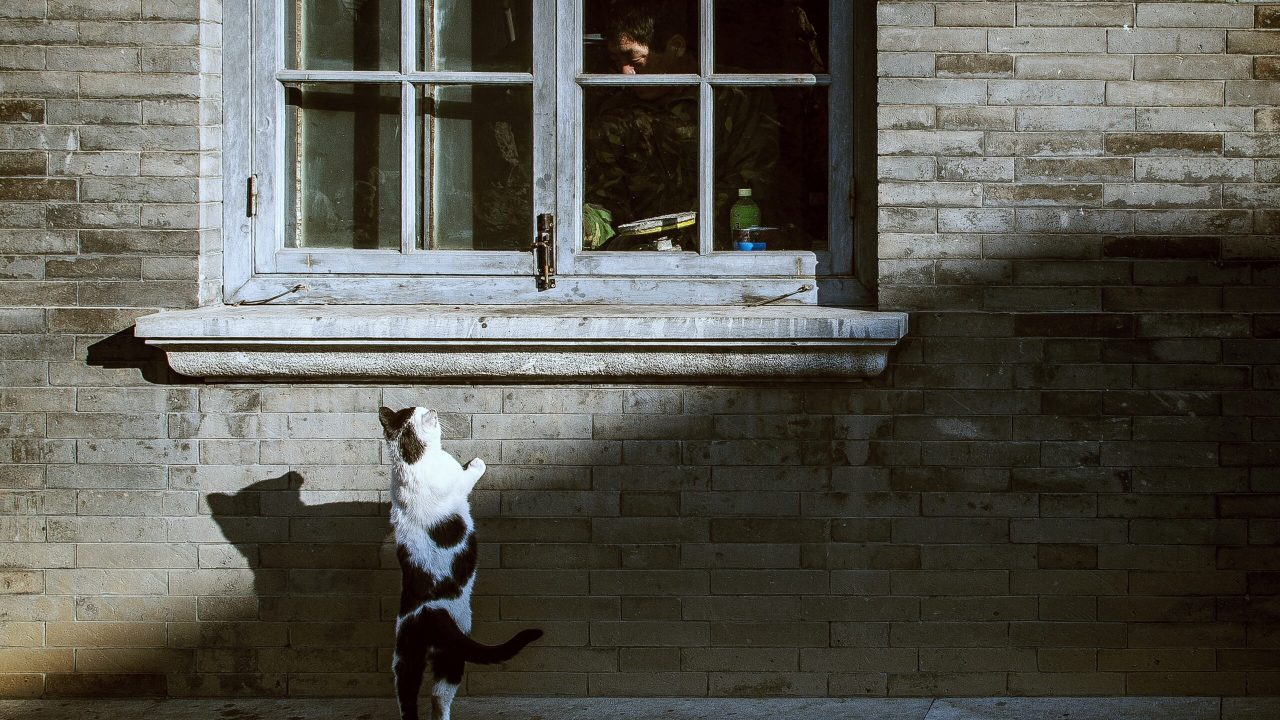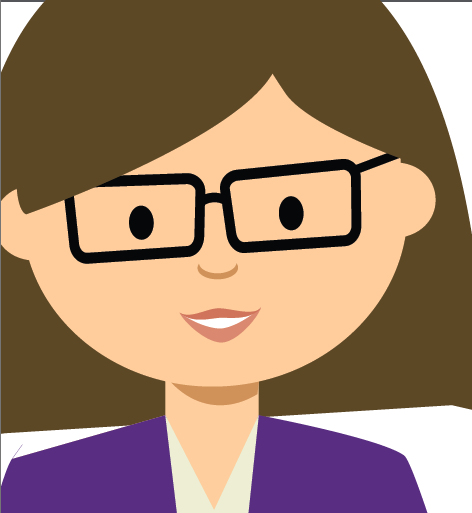
In the museum field, we sometimes talk about how we are in the “curiosity business.” Yet even still, it often feels that our field perceives nurturing curiosity as “nice” work, rather than “necessary” work (such as fundraising or DEAI).
That is a mindset I want to change. Curiosity work is vital. And the data increasingly shows that we can’t do our other “necessary” work without it.
As Wilkening Consulting laid out in a Data Story essay from last year, “Curiosity, Empathy, and Social Justice”:
- Curiosity is a primary driver of inclusive attitudes
- Curiosity isn’t equitably supported, thus increasing inequality
In other words, nurturing curiosity is fundamentally an issue of equity. Given this finding, we needed to know more about our work in it. So the 2020 Annual Survey of Museum-Goers, a research project fielded in partnership with AAM, included further lines of inquiry on the topic.
Drawing on the results of this new research, below you’ll find a new Data Story, designed to help us understand different types of curiosity and how we can use them to engage visitors.
Over the next few months, we’ll be sharing a number of additional Data Stories that examine where curiosity fits within our inclusion and wellbeing work—both crucial contributions museums can make to our society in this time of racial reckoning and an isolating pandemic. (And we are already finalizing our lines of inquiry on these topics for the 2021 Annual Survey of Museum-Goers. Click here to learn more.)
Finally, why are we sharing our findings via infographics? For a short and simple reason: people like them and read them. I am my own data-head for how research is shared and used, and while I’ve found that written results have been well-received, and webinars tuned into, usage shot up when we began sharing via infographic. (Pro tip: board members are more likely to read them too!)
We’ll continue to share big ideas and takeaways in this manner, turn to graphic essays for things that need to be pulled apart in more detail, and share presentations via webinars, virtual conferences, and (someday) in real life, too.
Click here for a text transcript of the infographic.
Click here to download a PDF version of the infographic.

Curiosity: A Primer
A 2020 Annual Survey of Museum-Goers Data Story
Curiosity. The more we examine curiosity, the more important it appears to be, not only to individuals but to society.
Research1 consistently shows that curious people have improved:
- Practical life outcomes
- Self-actualization
- Prosocial outcomes
Why? A key reason may be having an open mindset towards new information, other perspectives, being challenged, and even a comfort level with feeling uncomfortable.
So curiosity deserves a closer examination.
In the 2020 Annual Survey of Museum-Goers and Broader Population Sampling, we did just that. Yet there was an issue we immediately had to grapple with: the public (including museum-goers) has a rather different definition of curiosity than scholars.
To the public, the word “curiosity” often means pursuing existing interests. This is something we like to call the “Star Wars effect.” That is, there are a lot of people who have a deep interest in a few specific topics, such as Star Wars, but don’t necessarily have broader curiosity in other topics.
Curiosity scholars have a somewhat different take. While deep interests are great (and we all have them), they don’t tend to contribute a lot to those prosocial outcomes that are so crucial. Instead, having a breadth of curiosity seems to be what truly matters.
For the Annual Survey of Museum Goers, we wanted to assess if there was a connection between breadth of curiosity and prosocial outcomes. So we asked respondents to share what their favorite outcome was when their curiosity was sparked:
| Museum-Goers | Broader Population | |
| Learning more about things I am interested in | 58.4% | 48.4% |
| Finding answers to new questions (Hedonic Curiosity) | 10.4% | 21.8% |
| When the initial pursuit of answers yields unexpected new questions or connections to follow (Eudaemonic Curiosity) | 25.7% | 9.1% |
| I don’t remember when my curiosity was last sparked | 1.0% | 20.7% |
For both museum-goers and the broader population, learning more about pre-existing interests was the most popular response.
But we were most interested in the other two responses, which represent two key types of curiosity:
- Hedonic Curiosity – the opening and closing of information gaps
- Eudaemonic Curiosity – the sustained pursuit of new questions
Hedonic curiosity happens to us all the time. Information gaps occur constantly: Loud noises. Elections. Trivial questions. A question arises and we feel compelled to answer it.
In museum settings, the opening and closing of information gaps typically makes us feel good! That’s because we release dopamine when we have “a-ha” moments, making curiosity good for our bodies, brains, and emotions—thus creating a positive feedback loop.
We want people to get “hooked” on opening and closing information gaps. The more they enjoy that process, the more likely they will find the curiosity journey itself exciting. That is, they will become eudaemonically curious.
Think of eudaemonic curiosity as the classic “rabbit hole.” It’s when an information gap opens and closes, but in the process six more new information gaps open up, and your curiosity journey takes you to unexpected new places and insights…it never really ends.
When we asked museum-goers and the broader population about curiosity, we were most interested in that eudaemonic response. Our hypothesis was that those individuals would have more prosocial attitudes. And we were right!
The eudaemonically curious were significantly more likely to want museums to:
- Present multiple perspectives
- Challenge them
- Be more inclusive
- Cultivate empathy and understanding
Because it feels so good to close information gaps, hedonic curiosity can be a powerful tool to encourage broader information-seeking habits that will, ideally, become eudaemonic in time. In that way, we not only pique interests, but we can also work more deliberately to expand worldviews by opening new information gaps that encourage visitors to consider different perspectives and experiences. And that is social impact that deeply matters.
“At the least I want museums to introduce me to different cultures and perspectives. What is the point of a place of learning if it’s not helping us expand our worldview.”
“Exposure to different customs and perspectives broadens our world and introduces us to the lives of others, which can increase our empathy. Challenging our beliefs and views can introduce us to different perspectives and shed light on how our own experiences shape our beliefs. This can create a connection to people with different beliefs and bridge the divide we’re seeing.”
Annual Survey of Museum-Goers Data Stories are created by Wilkening Consulting on behalf of the American Alliance of Museums. Sources include:
- 2020 Annual Survey of Museum-Goers
- 2020 Broader Population Sampling
- 2020 Online Pandemic Panel of Museum-Goers (ongoing)
- 2017 – 2019 Annual Surveys of Museum-Goers
*Data Stories share research about both museum-goers (who visit multiple museums each year) and the broader population (including casual and non-visitors to museums).
More Data Stories can be found at wilkeningconsulting.com/data-stories.
© 2020 Wilkening Consulting, LLC
1 Please see Wilkening Consulting’s Data Story “Curiosity, Empathy, and Social Justice” at wilkeningconsulting.com/data-stories. You can also find a list of other curiosity resources at http://www.wilkeningconsulting.com/curiosity-resources.html.








